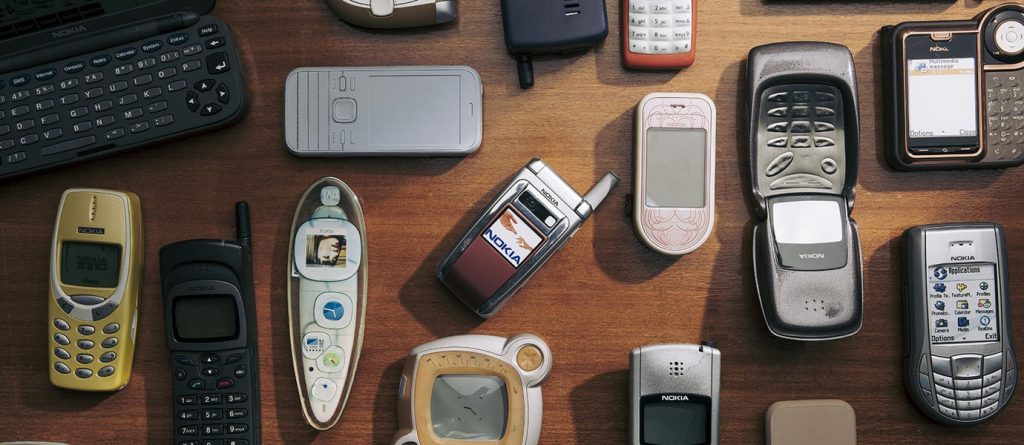So, in little over a decade, the “boring conglomerate” that Kosonen joined in the 1980s – making toilet roll and rubber cables – had positioned itself to design objects that would appear in Hollywood movies, celebrity paparazzi photos, and the hands of catwalk models.
Nokia’s ability to pivot its business is a trait that current company leaders might learn from, says Kosonen. After leaving Nokia, he studied the renewal strategies of global companies. Nokia was one of several case studies that he and his collaborator Yves Doz analysed in a book ‘Fast Strategy’. They argued that a successful board has “strategic agility”: a sensitivity to new opportunities, an open-minded commitment to change, and the resource fluidity to move fast.
At the turn of the century, Nokia’s products were making the company billions, and Nokia alone accounted for 4% of Finland’s GDP. Its spirit of creativity and optimism would shape the nation’s self-identity for many years, giving Finns self-belief as its success helped pull Finland from a bitter recession in the 90s.
‘Disneyland for designers’
One young designer who was drawn by the “Nokia Way” was Tej Chauhan, who now runs his own design firm. After joining the UK office in 2000, he would go on to create various models, including the “mango” and “lipstick” phones. Compared with today’s ubiquitous black-rectangle smartphones, these models were highly unusual – and capture the creativity and freedom of Nokia’s company culture at the time.
One day, a member of Nokia’s management team came over to Chauhan and asked him: “Do you want to design something crazy?” The mango phone was the result, marketed as a “souvenir from the future”.
“It was like Disneyland for designers,” Chauhan recalls. “I was surrounded by lots of brilliant people. It felt like being part of a family.”
“There was a very proactive creative spirit,” he adds. “If you wanted to go and research, say, a phone made out of banana skins, there’s a good chance that you might get some budget to go and do that, so long as you could tie it back to a business goal.”
With the mango phone, for instance, it wasn’t just its unusual shape that was innovative; Chauhan also wanted consumers to be able to customise it with leather or textile clip-on parts. To work, this required an entirely new injection-moulding technology, and prompted “a bunch of head-scratching” from the engineers, he says. But it worked, and he has the patents to show for it.
A piece of history
Both Chauhan and Kosonen are happy that the Nokia Design Archive is being preserved and studied at Aalto University. “Nokia is not just a part of Finnish design history. It’s part of modern Finnish culture,” says Chauhan.
Kosonen feels that the university is a natural home for the archive, because many of Nokia’s engineers and business leaders (including himself) are alum from the technical, creative and business schools that united to create it. As an institution, it also embraces the same innovative and collaborative culture that defined Nokia, he says.
Above all, the archive gives us a precious opportunity to look back at a pivotal point in history, from another pivotal point in history.
If we had known back then where technology would take us, would Nokia people have made the same decisions? And are today’s big tech innovators smart enough to learn from the past as they make choices that shape our future?
As ever, knowledge is power. Like Neo in the Matrix, perhaps the lessons from a past tech giant can help us dodge some future bullets.
Source: Aalto University





